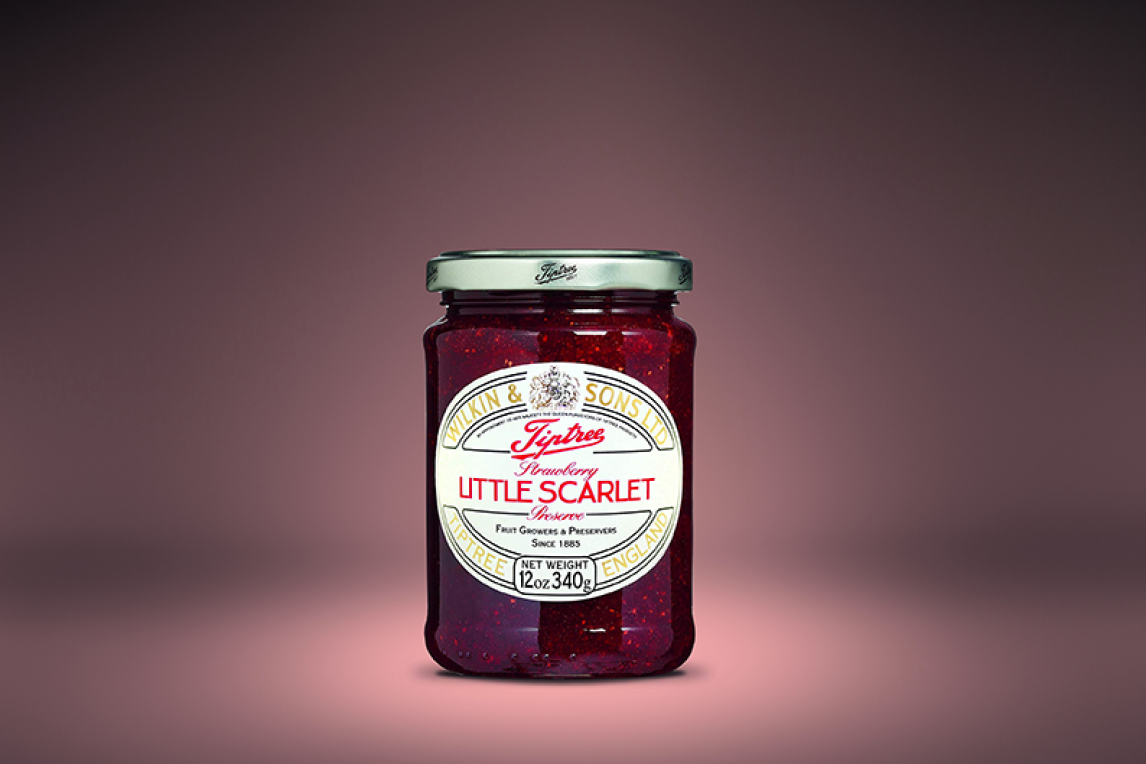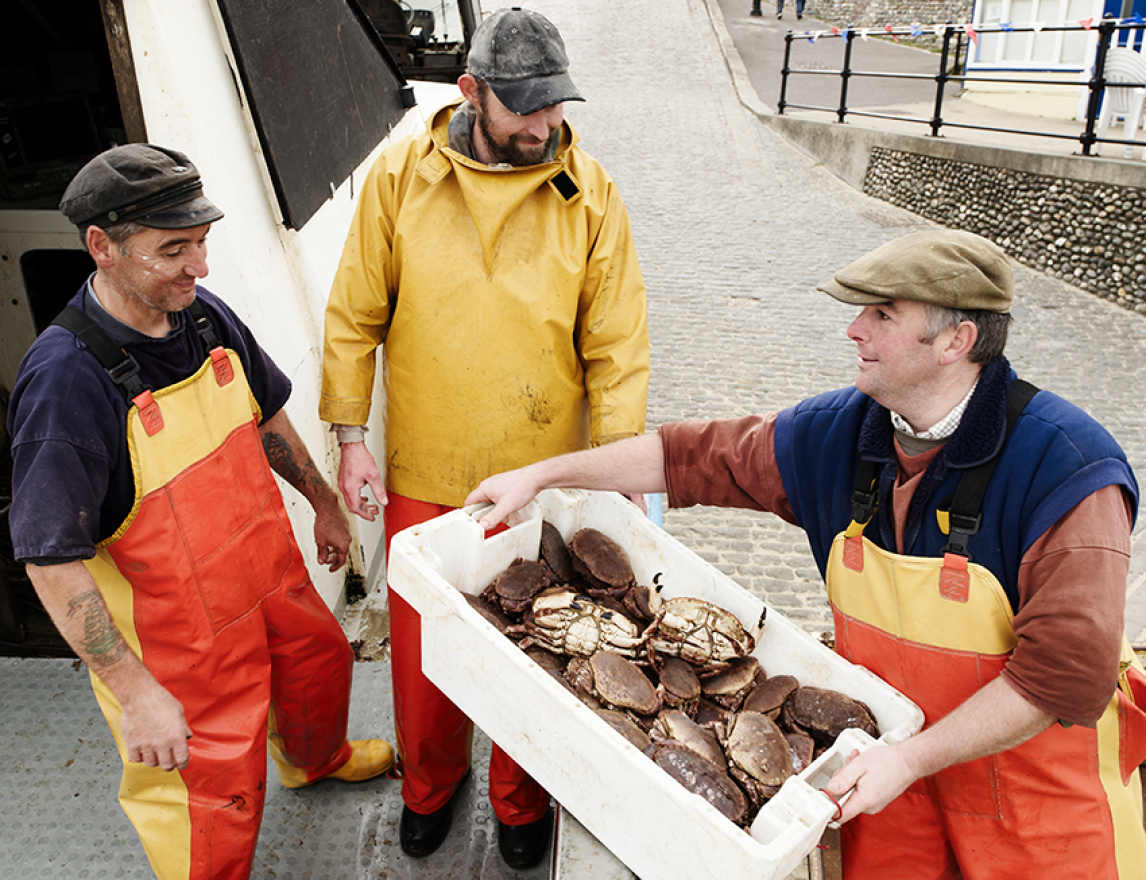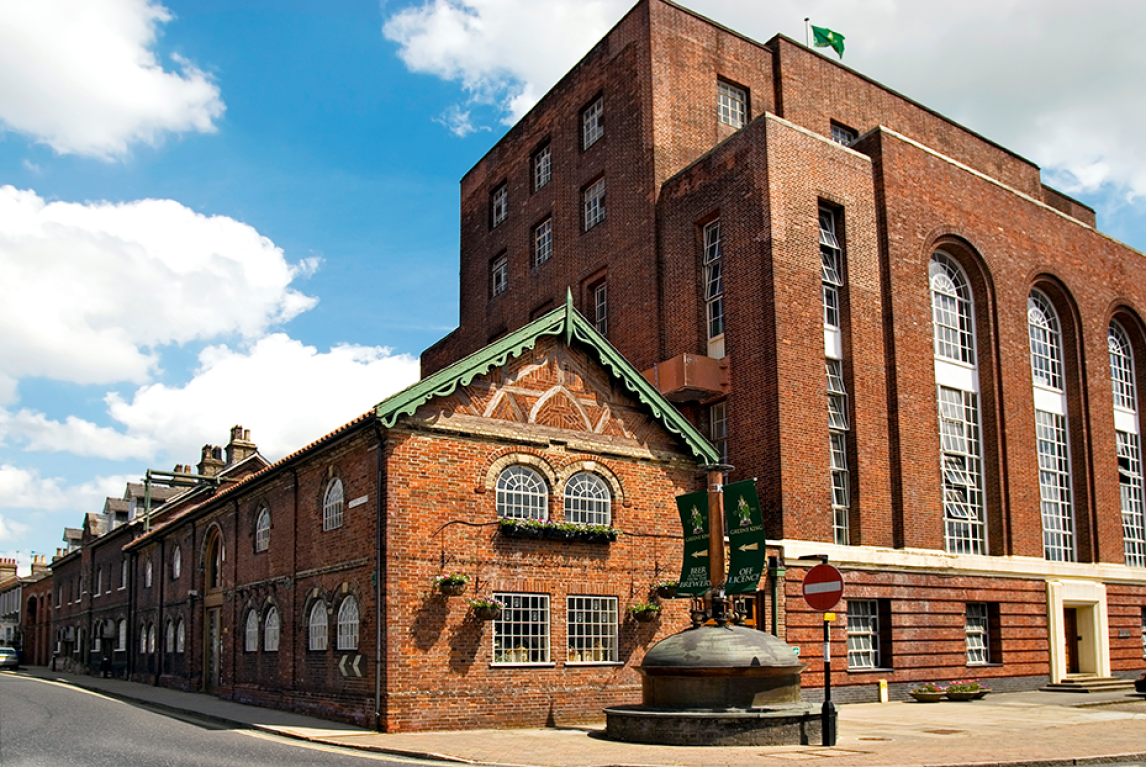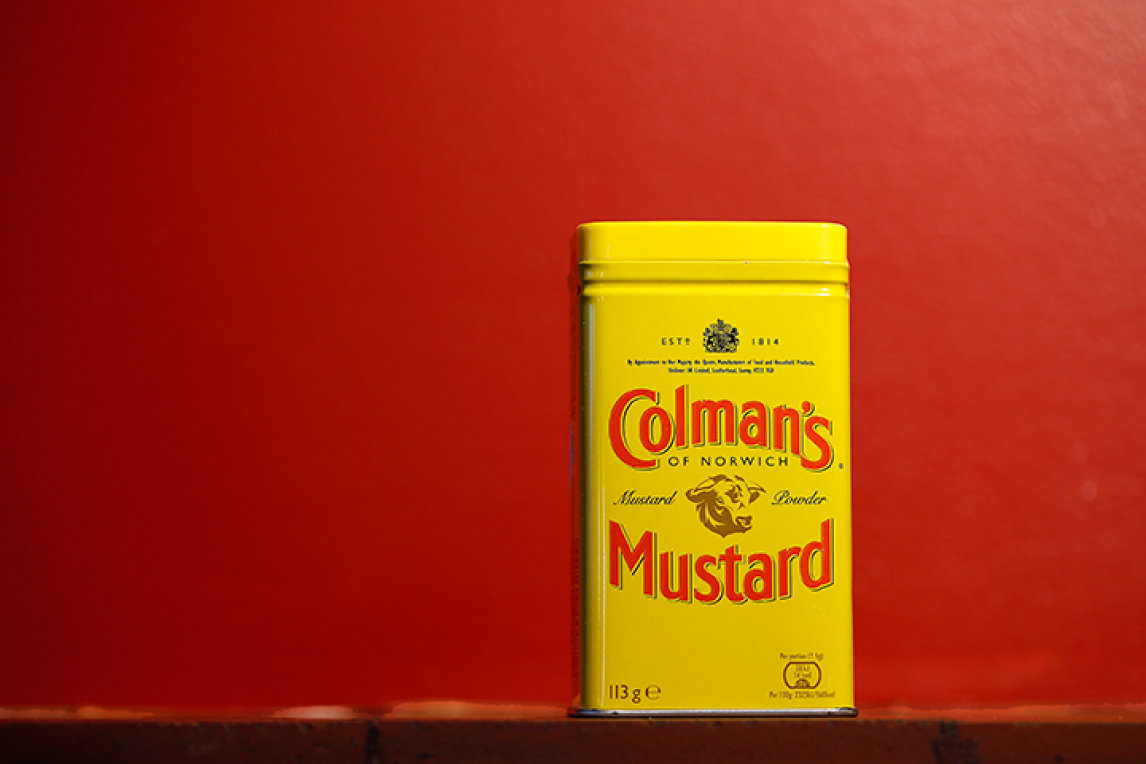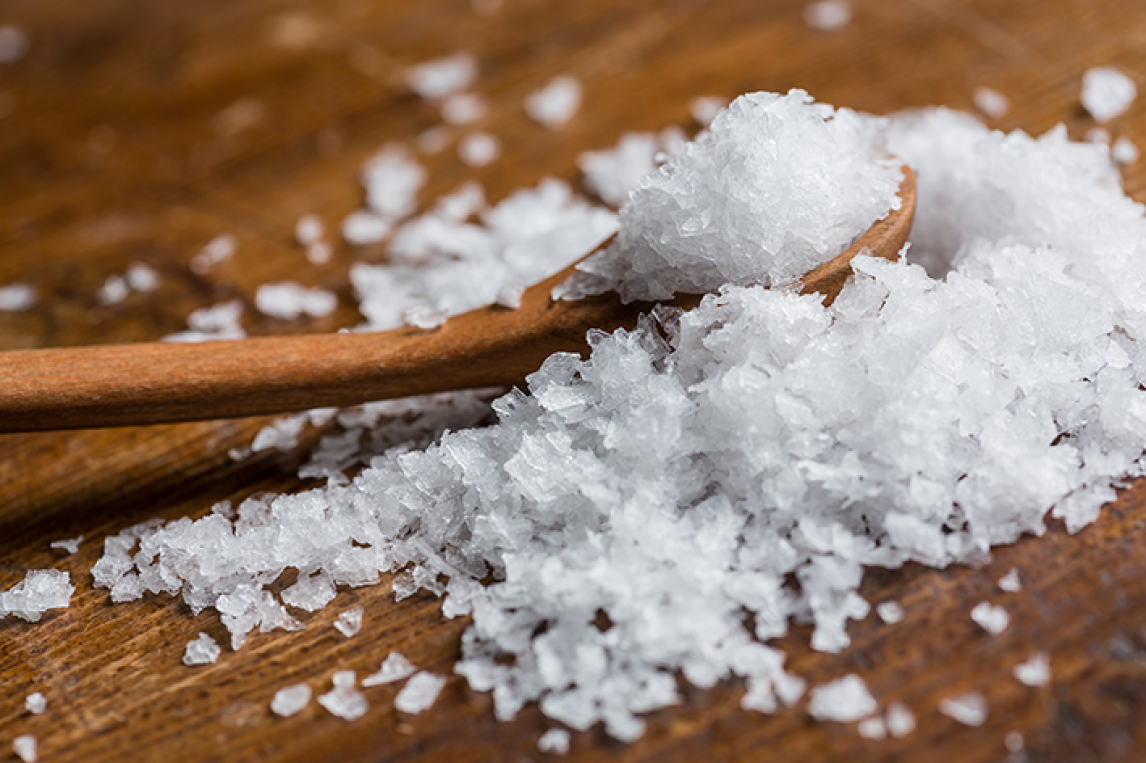Words by Harriet Cooper
With the recent news that construction work has begun on a state-of-the-art mustard mill in Norwich, which will retain the city’s historic link with the Colman’s brand, we celebrate East Anglia’s heritage foodie spots. Here are a mouthwatering selection to whet your appetite.
Jam session
The Tiptree story begins in the early 1700s with Trewlands, a farm in the Essex village of Tiptree. In the mid 19th-century, the resident Wilkin family began growing fruit trees, forming The Britannia Fruit Preserving Company (which later became Wilkins and Sons) in 1885. Though the very first ‘Tiptree’ preserves were all sold to a merchant who would ship them to Australia, the jam soon built up a loyal following. Fast forward 135 years and Wilkins and Sons continues to flourish, with a Royal Warrant to its name. The company not only produces its ever-popular preserves (the Little Scarlet strawberry jam is particularly delicious), it runs a fresh fruit business and multiple tea rooms in Essex, including at The Minories in Colchester; the pretty-as-a-picture The Barns in Cressing Temple; and their newest venue, Tiptree at Bond Street in Chelmsford, a tea room, café patisserie and shop rolled into one. The perfect spot for scones, cream and a good dollop of jam.
Nearest stations: Colchester , White Notley and Chelmsford
Feel the pinch
There’s nothing quite like a sweet, succulent, fresh-from-the-sea crab and Cromer is the place to find it. The Norfolk seaside town is world-famous for its crustaceans, thanks to the nutrient-rich waters and chalk reef off its coast; crabs have been fished in this region for centuries by fishermen using pots, a traditional and sustainable method of catching. The crabs are caught alive and measured to make sure they meet the legal size requirements – those that don’t are returned straight back to the sea. The crabbing industry is an important one on this stretch of coast (you’ll see crab pots lining many a quay) and the annual Cromer and Sheringham Crab and Lobster Festival in May celebrates the region’s seafaring heritage with a weekend of food and fun. How you eat your freshly-caught crustacean is entirely up to you, though a drizzle of lemon juice and a twist of black pepper usually does the trick. You’ll also find them on the menu of many a local pub and restaurant including No1 Cromer and Joyful West's Shellfish Bar in Sheringham.
Nearest stations: Cromer and Sheringham
Hops and glory
East Anglia has a long brewing history and a proliferation of breweries (in the last century alone, the counties of Essex, Suffolk and Norfolk have had between them nearly 300). Take Suffolk, for example, where the Domesday Book of 1086 recorded brewing undertaken by monks and women. At that time, ale was the norm for men, women and children, drunk at breakfast, lunch, and before bed. Some 700 years later, 19-year-old Benjamin Greene founded Greene King brewery on Bury St Edmunds’ Westgate Street. It is now one of the UK’s leading pub retailers and brewers, but don’t just take our word for it. Go and see for yourself on a guided tour of the Westgate Brewery, where you’ll learn how real beer is brewed using traditional methods. 50 miles east and you’ll come to Southwold, where beer has been brewed on what is now the Adnams site for at least 670 years. And that’s just in Suffolk. The rest of the region is equally famous for its beer – indeed, all the barley grown in East Anglia could produce 2.5 million pints of beer. Cheers to that!
Nearest station: Bury St Edmunds
Go with a banger
The first reference to Newmarket and sausages dates back to 1618, when a banquet given in the area by James I for his son Charles (later King Charles I) was recorded as including “four pigs incircled (sic) with sausages”. Indeed, it was James I who also introduced horse racing to the town. It’s believed that sausages evolved from the pig-keeping tradition associated with horse racing stables, where the porkers were kept to graze on stable debris. By the late 19th-century, a number of local butchers had begun producing sausages. One, William Harper, developed the Newmarket sausage recipe - pork and a secret blend of herbs and spices - which his great grandson Grant Powter sells to this day at Powters . The other well-known makers of the Newmarket sausage are Eric Tennant Butchers and Musk’s , which was established in 1884 and has been granted no less than four Royal Warrants. So inextricably linked have Newmarket sausages and horse racing become, they’re even given as a prize for the historic Town Plate race, and are always served as a quick hot snack during race days at Newmarket Racecourse .
Nearest station: Newmarket
Cut the mustard
East Anglia – and Norfolk in particular – has had close links with mustard since the early-19th century, when Jeremiah Colman established a mustard and flour business at Stoke Holy Cross, just south of Norwich. A former flour miller, he blended both brown and white mustard seed to create a strong English mustard – and Colman’s was born. Under the helm of his son Jeremiah James, the business became global and in 1856 moved to a purpose-built premises at Carrow. In 1995, the mustard and condiment business was bought by Unilever who were subsequently forced to announce the closure of the Norwich factory, due to take place at the end of 2019. But all is not lost. Construction work has started on a state-of-the-art mustard mill in the city, which will retain Norwich's links with the Colman's brand. The new facility will reportedly process around 5,000 tonnes of mustard seed annually, as well as 1,000 tonnes of fresh Norfolk-grown mint leaves for Colman’s condiments.
Nearest station: Norwich
A dose of salt
Anyone worth their salt will be familiar with the unmistakable pyramid-shaped crystals of Maldon Sea Salt . While sea salt has been harvested from our shores since the Iron Age, it’s the town of Maldon in Essex, which sits at the mouth of the Blackwater Estuary, that has put it on the map. Here, four generations of master salt makers – the Osborne family – have been using the same traditional artisan methods since 1882. The saltwater is harvested from the surrounding salt marshes and boiled in huge salt pans during which crystals gradually form, which are then drained, dried and packaged. The result is a fresh, intense flake so popular it’s now exported to 50 countries. Even the Queen is a fan, giving it a Royal Warrant in 2012. Though you can’t visit the factory, it’s worth exploring the historic maritime town, not just for its famous sea salt, but also its iconic Thames Sailing Barges which are found on the quay. They’re available for trips and private charter – what better way to explore this stunning stretch of Saltmarsh Coast?
Nearest station: Witham
Keeping it local
Greater Anglia works closely with local producers and suppliers to stock as many regional food and drink products on board as possible, from crisps made in Norwich and cake baked in Holt to Quell IPA, which is brewed by Lacons in Great Yarmouth. Read here for more information



